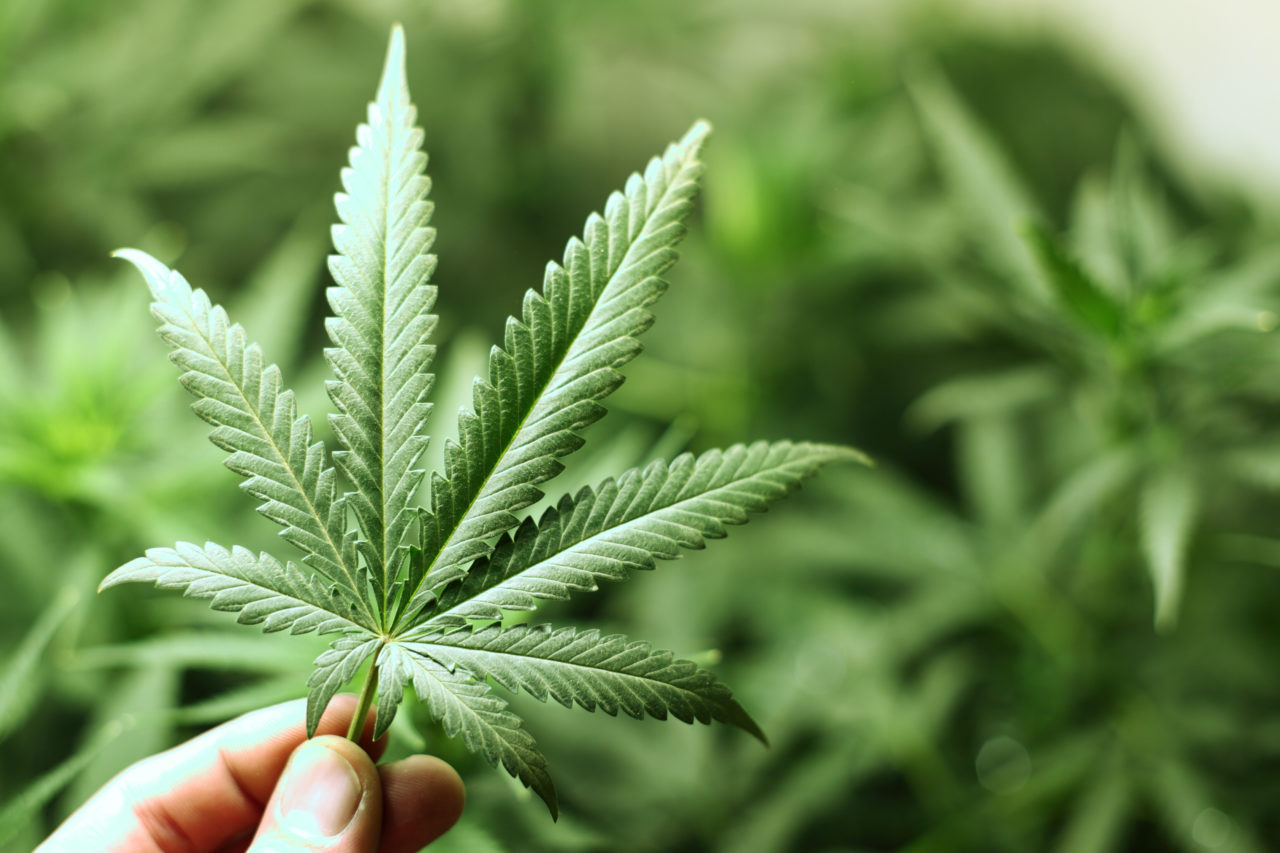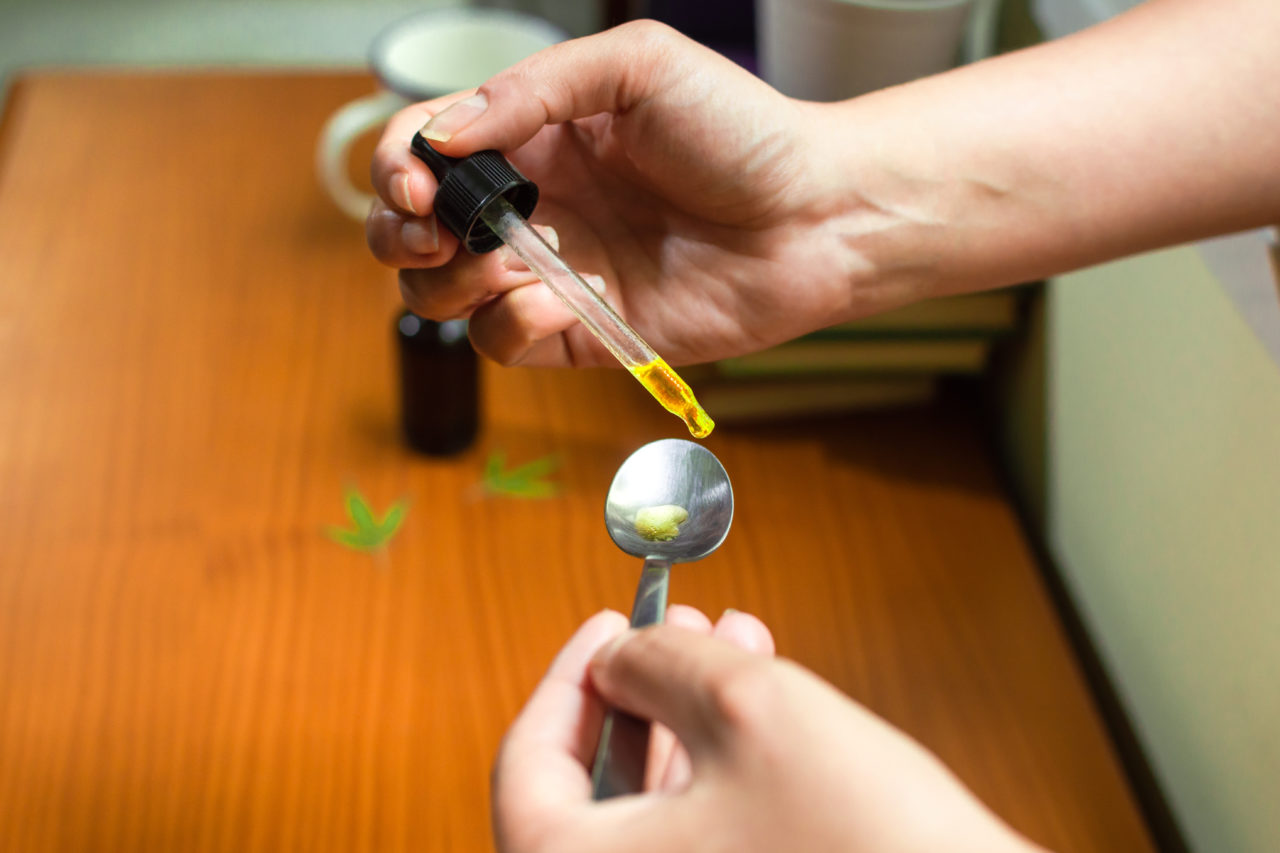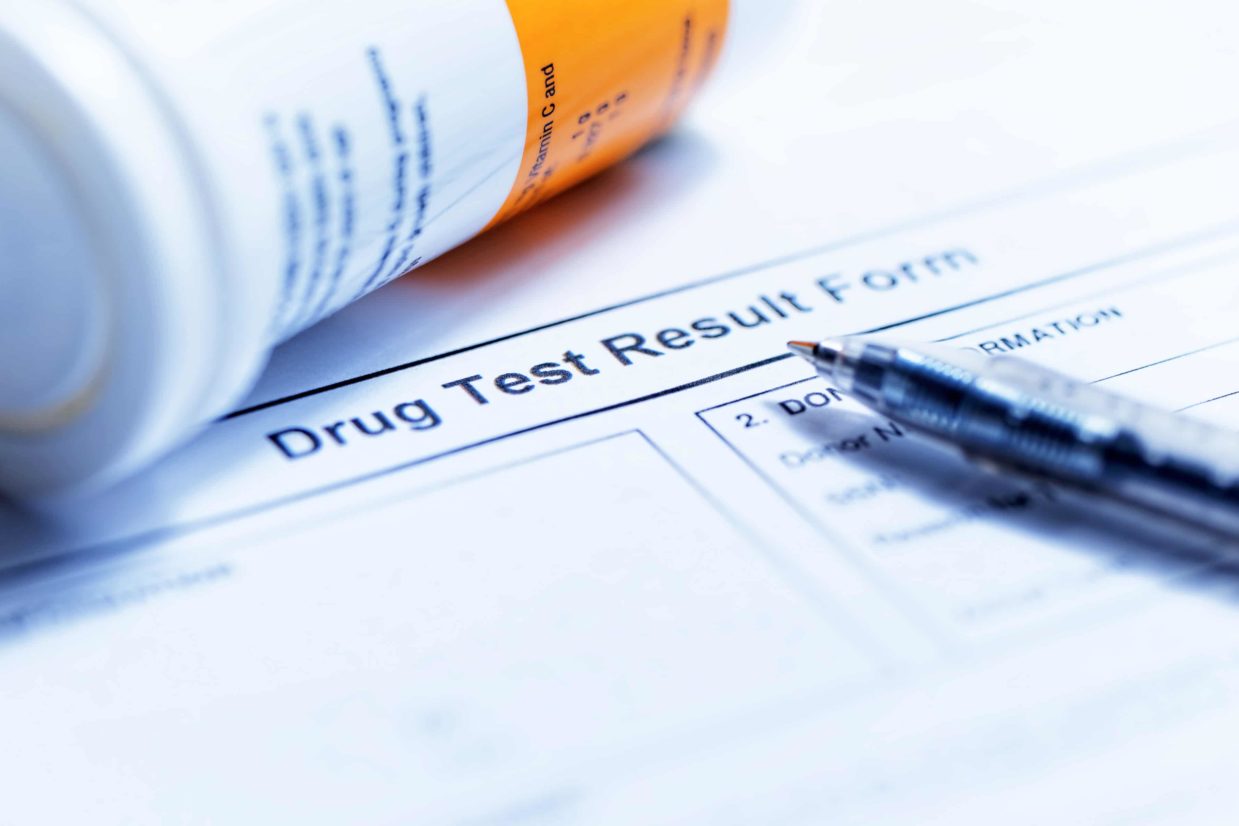As with most other states with medical cannabis programs, Utah limits cannabis consumption to those people diagnosed with a limited number of qualifying conditions. There is more than a dozen such conditions on our state’s list. What are the most common?
It is easy to find out why people are using medical cannabis in Utah just by looking at monthly program updates published by the Department of Health and Human Services (DHHS). Their November 2023 update indicates that there are now more than 75,000 active medical cannabis card holders in the Beehive State.
According to November’s data, here are the top five qualifying conditions:
1. Chronic Pain
Chronic pain takes the number one position by a long shot. In fact, it is not even close. Among them more than 75,000 active card holders, nearly 60,000 had been diagnosed as chronic pain patients. The condition in second place comes in at fewer than 10,000 patients.
For purposes of clarification, chronic pain is generally defined as pain experienced either daily or almost daily and lasting for more than three months. However, Utah reduces the three-month qualifier to two weeks with the assumption that a patient’s pain cannot be properly managed with other treatments.
2. Post-Traumatic Stress Disorder (PTSD)
Post-traumatic stress disorder (PTSD) is the second most cited qualifying medical condition in Utah. As previously stated, fewer than 10,000 active cardholders claim the condition in their applications. But between chronic pain and PTSD, the majority of Utah’s card holders are covered.
It has been our experience that PTSD patients benefit from medical cannabis in numerous ways. We have heard many stories detailing how medical cannabis helps improve sleep. Patients tell us that it reduces their anxiety, helps minimize bad dreams and flashbacks, and generally helps them remain calm and relaxed.
3. Nausea
Taking third place among the top five qualifying conditions is nausea. For the record, Utah regulations require that nausea be persistent and cannot be related to pregnancy, cannabinoid hyperemesis syndrome, or cannabis-induced cyclic vomiting syndrome to be eligible for medical cannabis treatment. As far as we know, there is no specific timeframe that defines exactly what ‘persistent’ means.
One other thing to consider is that the regulations also require that persistent nausea be unresponsive to traditional treatments before a medical cannabis recommendation can be made. In other words, medical providers need to try other things before moving to cannabis.
4. Cancer
Fourth place goes to cancer. This is a surprise only because we thought cancer would be higher on the list. Nonetheless, cancer patients can utilize medical cannabis as a treatment for cancer pain or to relieve symptoms related to both the disease and its treatments. It is important to note that treatments like chemotherapy and radiology can produce symptoms, including nausea and pain. Medical cannabis is a treatment for both.
5. Multiple Sclerosis
Rounding out the top five qualifying conditions in Utah is multiple sclerosis (MS). MS is a degenerative condition with a variety of symptoms that can affect everything from muscle strength to bowel and bladder control. Some MS patients utilize medical cannabis to alleviate MS symptoms. Others use it to offset the side effects of their MS prescriptions.
So there you go. Are you surprised by any of the qualifying conditions on this list? Other than cancer not coming in as high as we would have thought, the November numbers pretty much reflect what would be expected in any given month. It will be interesting to look at the numbers a few years from now, just to see if anything has changed.




